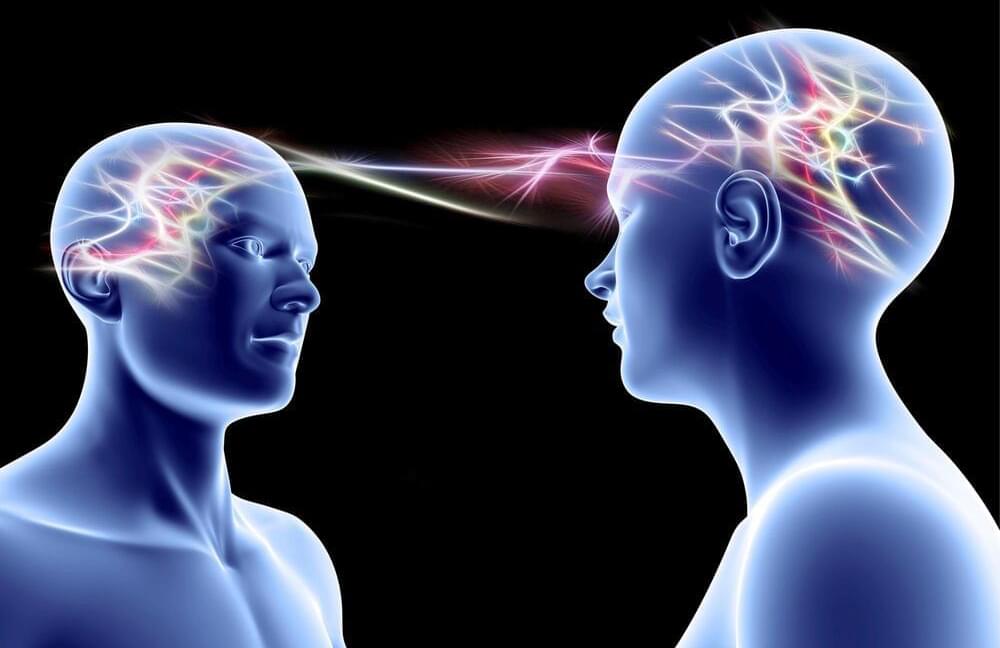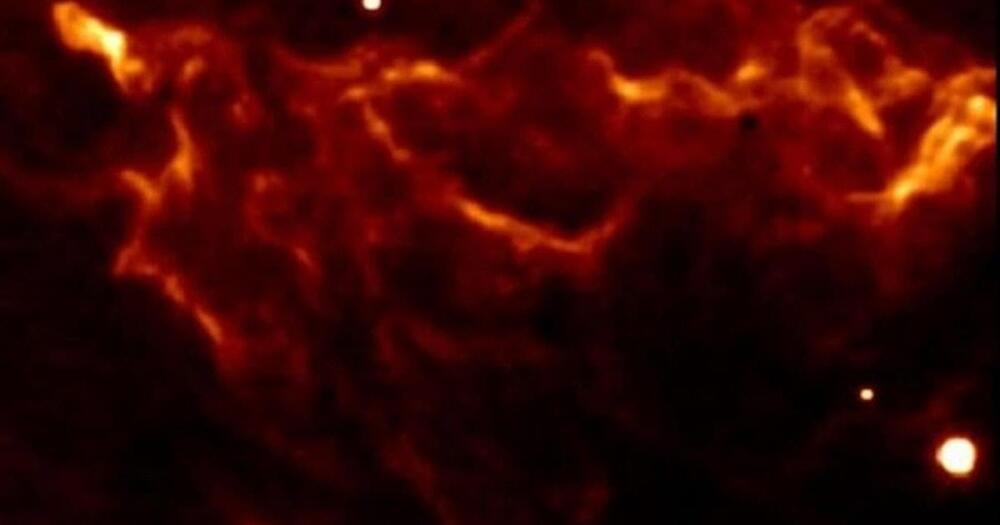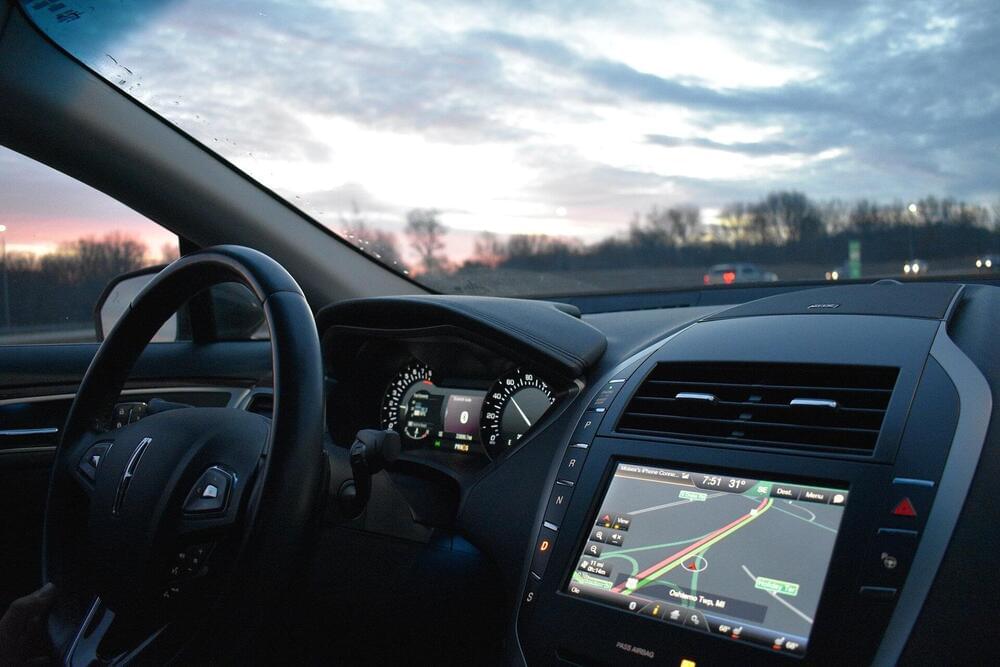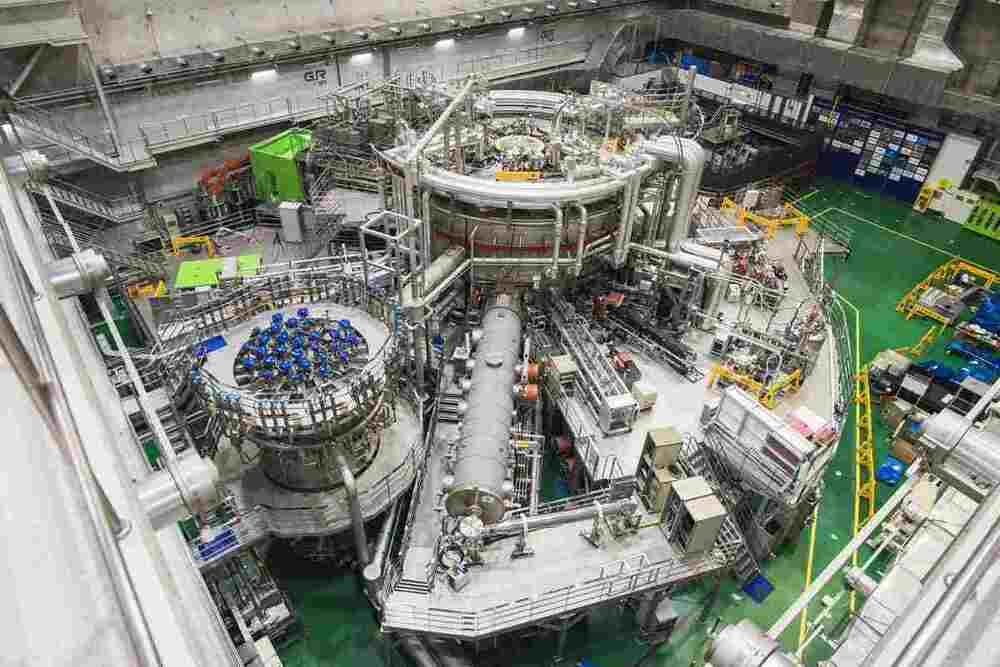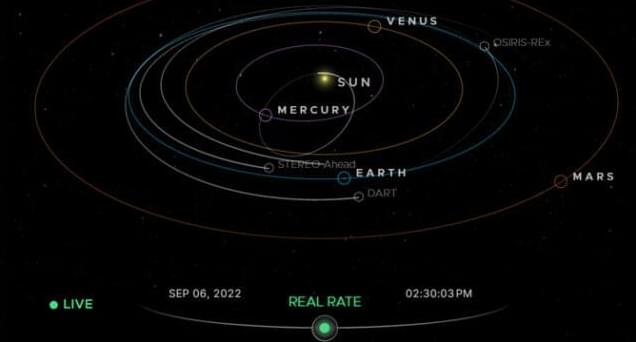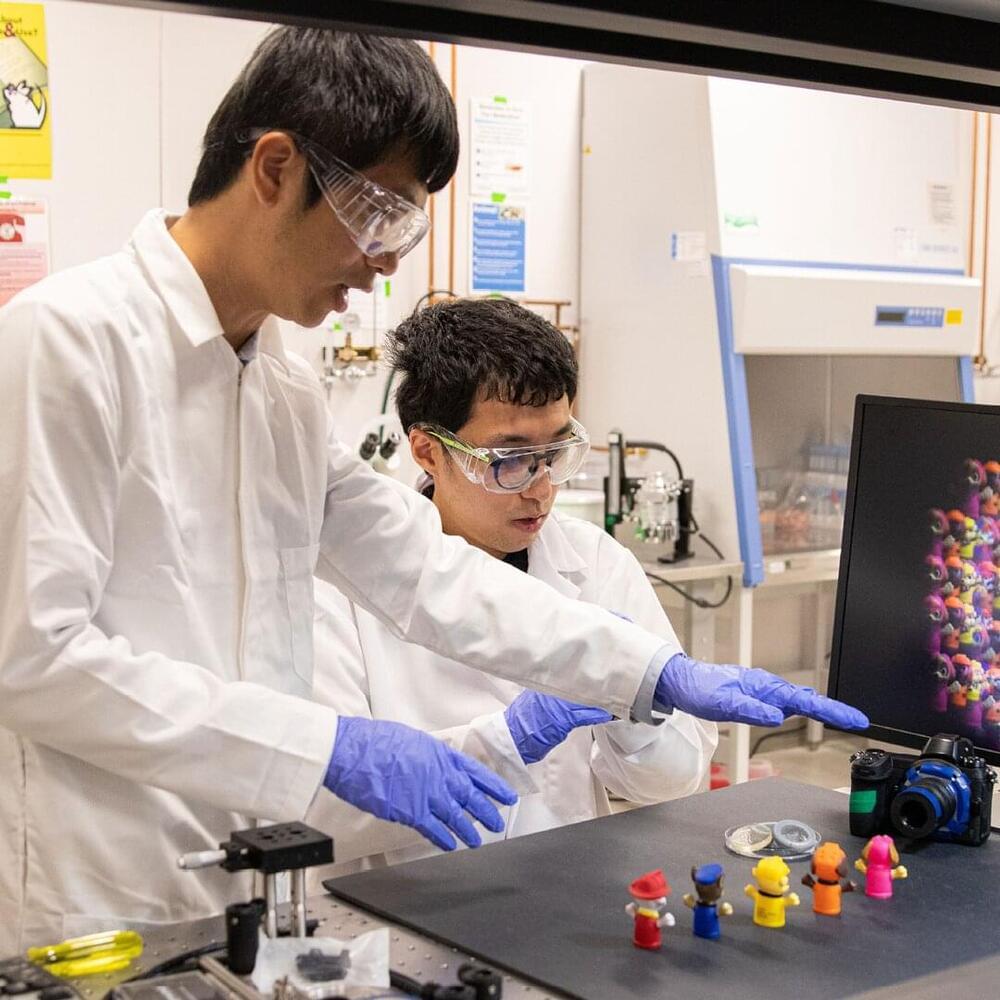
Researchers have developed a camera that uses a thin microlens array and new image processing algorithms to capture 3D information about objects in a scene with a single exposure. The camera could be useful for a variety of applications such as industrial part inspection, gesture recognition and collecting data for 3D display systems.
“We consider our camera lensless because it replaces the bulk lenses used in conventional cameras with a thin, lightweight microlens array made of flexible polymer,” said research team leader Weijian Yang from the University of California, Davis. “Because each microlens can observe objects from different viewing angles, it can accomplish complex imaging tasks such as acquiring 3D information from objects partially obscured by objects closer to the camera.”
In the journal Optics Express, Yang and first author Feng Tian, a doctoral student in Yang’s lab, describe the new 3D camera. Because the camera learns from existing data how to digitally reconstruct a 3D scene, it can produce 3D images in real time.

